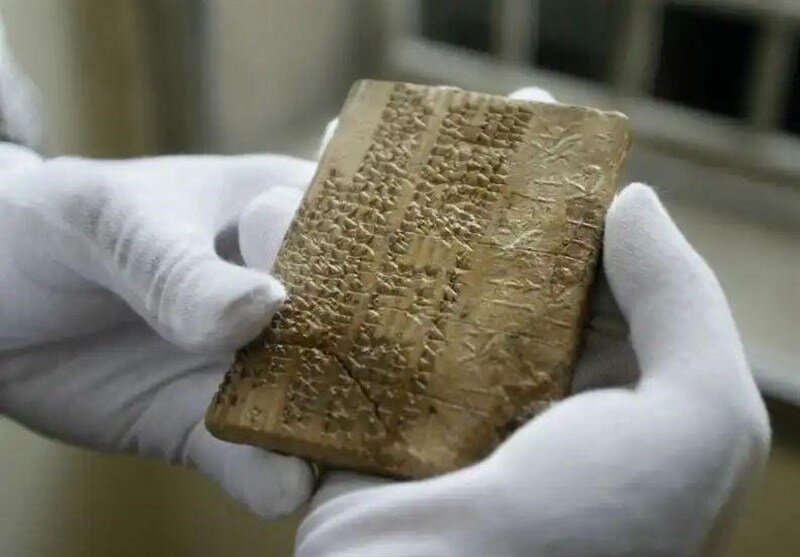Iran says U.S. will return thousands of ancient tablets after nine decades

TEHRAN—On Monday, Iran’s deputy cultural heritage minister said the United States will return thousands of Achaemenid clay tablets to Iran within months.
“The good news is more than 20,000 Achaemenid tablets belonging to Persepolis will be returned from the U.S. by the end of this year,” Ali Darabi said.
The tablets are important sources of information revealing economic, social, and religious data about the Achaemenid Empire (550-330 BC) and the larger Near Eastern region in the fifth century BC.
So far, hundreds of those tablets (and fragments), which were on loan from Iran to the Oriental Institute of the University of Chicago since 1935, have been returned home. For example, in 2019, Iran received 1,783 of those important objects being kept at Chicago’s Field Museum of Natural History and the University of Chicago’s Oriental Institute.
In February 2018, and following years of ups and downs, the fate of those ancient Persian artifacts was left in the hands of a U.S. Supreme Court, which ruled in favor of Iran.
Archaeologists affiliated with the University of Chicago discovered the tablets in the 1930s while excavating in Persepolis, the ceremonial capital of the Persian Empire. However, the institute has resumed work in collaboration with colleagues in Iran, and the return of the tablets is part of a broadening of contacts between scholars in the two countries, said Gil Stein, director of the Oriental Institute at the University of Chicago.
Persepolis, locally known as Takht-e Jamshid, was the ceremonial capital of the Achaemenid Empire. It ranks among the archaeological sites, which have no equivalent, considering its unique architecture, urban planning, construction technology, and art.
Majestic approaches, monumental stairways, throne and reception rooms, and dependencies have made that 13-ha ensemble, which is located near Shiraz, southern Iran.
Construction of its immense terrace was begun about 518 BC by Darius the Great, the Achaemenid Empire’s king. On this terrace, successive kings erected a series of architecturally stunning palatial buildings, among them the massive Apadana palace and the Throne Hall (“Hundred-Column Hall”).
By carefully engineering lighter roofs and using wooden lintels, the Achaemenid architects were able to use a minimal number of astonishingly slender columns to support open-area roofs. Columns were topped with elaborate capitals; typical was the double-bull capital where, resting on double volutes, the forequarters of two kneeling bulls, placed back-to-back, extend their coupled necks and their twin heads directly under the intersections of the beams of the ceiling.
Narratives say that Persepolis was burnt by Alexander the Great in 330 BC apparently as revenge against the Persians because it seems the Persian King Xerxes had burnt the Greek City of Athens around 150 years earlier.
It was the largest and most durable empire of its time, stretching from Ethiopia, through Egypt, to Greece, Anatolia (modern Turkey), Central Asia, and India at its height.
AFM

Leave a Comment